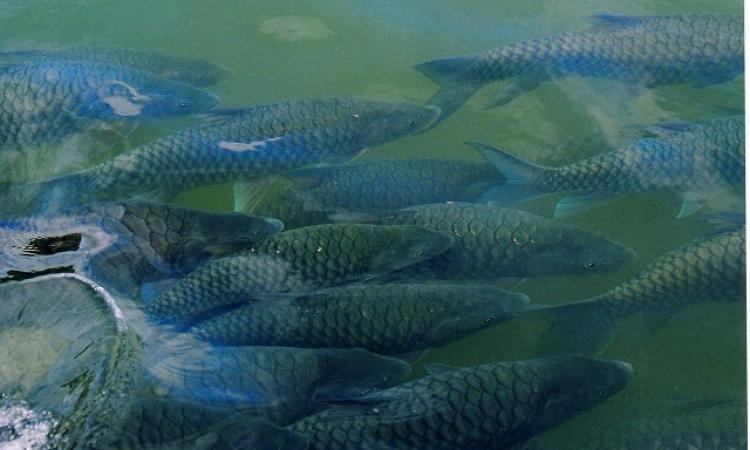
Freshwater ecosystems such as rivers, lakes, ponds cover only 0.8 percent of the Earth’s surface, but are incredibly biodiverse. They harbour around ~15,000 fish species, corresponding to approximately half of the global known fish.
Human activities such as water abstraction, diversion, damming, and pollution are posing a threat to the survival of fish.
Climate change too is warming river waters and reducing their flows. These changes can spell doom for fish that live in these waters, informs this study titled ‘Threats of global warming to the world’s freshwater fishes’ published in the journal Nature Communications.
Warming waters, struggling fish
Freshwater fish are very sensitive to changes in water temperature. River flows too affect the feeding and reproductive behaviour of many organisms inhabiting the waters. Yet, the impacts of climate change on freshwater fishes have not been studied in detail.
This study assesses future climate threats to 11,425 riverine fish species by quantifying their exposure to flow and water temperature extremes under different global warming scenarios.
The study finds that:
Rising temperatures will threaten survival of fish
There are differences in the magnitude of threat faced by fish under different warming scenarios. A temperature rise (+4.5 °C) and poor dispersal (capacity to reproduce) among fish results in an increased threat to sixty three percent of the freshwater fish. This situation improves under conditions of maximum dispersal with a decrease in threat to twenty four percent.
In a 3.2 °C warmer world, thirty six percent of the freshwater fish will still be under threat. This percentage will decrease to nine percent in a 2 °C warmer world and to four percent if warming is limited to 1.5 °C.
Threats will be largest in tropical and sub-arid regions.
At low warming levels, hotspots will be restricted to small areas within tropical South America, North-East Mexico, southern US, southern Europe, Southern Sahara, central Africa (large lakes), Middle-East, India–Pakistan, South-East Asia, and western Australia.
At higher warming levels, hotspots will particularly be found in South America, southern Europe, India–Pakistan, and Australia.
At higher latitudes, threats will become prominent only at higher warming levels (3.2, 4.5 °C). and will be largest in the tropical watersheds such as the Amazon, Parana, Tocantis, Niger, Senegal, Zambezi, and Chao-Phraya.
Watersheds in non-tropical areas showing high threat levels include the Don and the Danube in Europe, and several watersheds in Australia.
Rise in water temperature will be more threatening than changes in flow extremes.
While climate change will affect flow patterns of rivers, these will be at the local or smaller levels showing very little overlap with water temperature changes seen at the global level for this study.
Threats will vary by fish type, behaviour and habitat
Threats will be much lower for fish types that spend part of their lives in freshwater and part in saltwater or marine environments like mullets, smelts, pipefish, pufferfish, flatfish etc.
Species with a smaller geographic range and body size will be more threatened by climate change. However, geographic range and size will become less important at higher warming levels under conditions of no dispersal (capacity to reproduce), while habitat type will become more important. Species currently belonging to a low IUCN threat category will face a lower threat.
The paper can be accessed here.
/articles/global-warming-can-spell-doom-indias-freshwater-fish